Home>Gardening & Outdoor>Landscaping Ideas>What To Do With Dethatched Grass
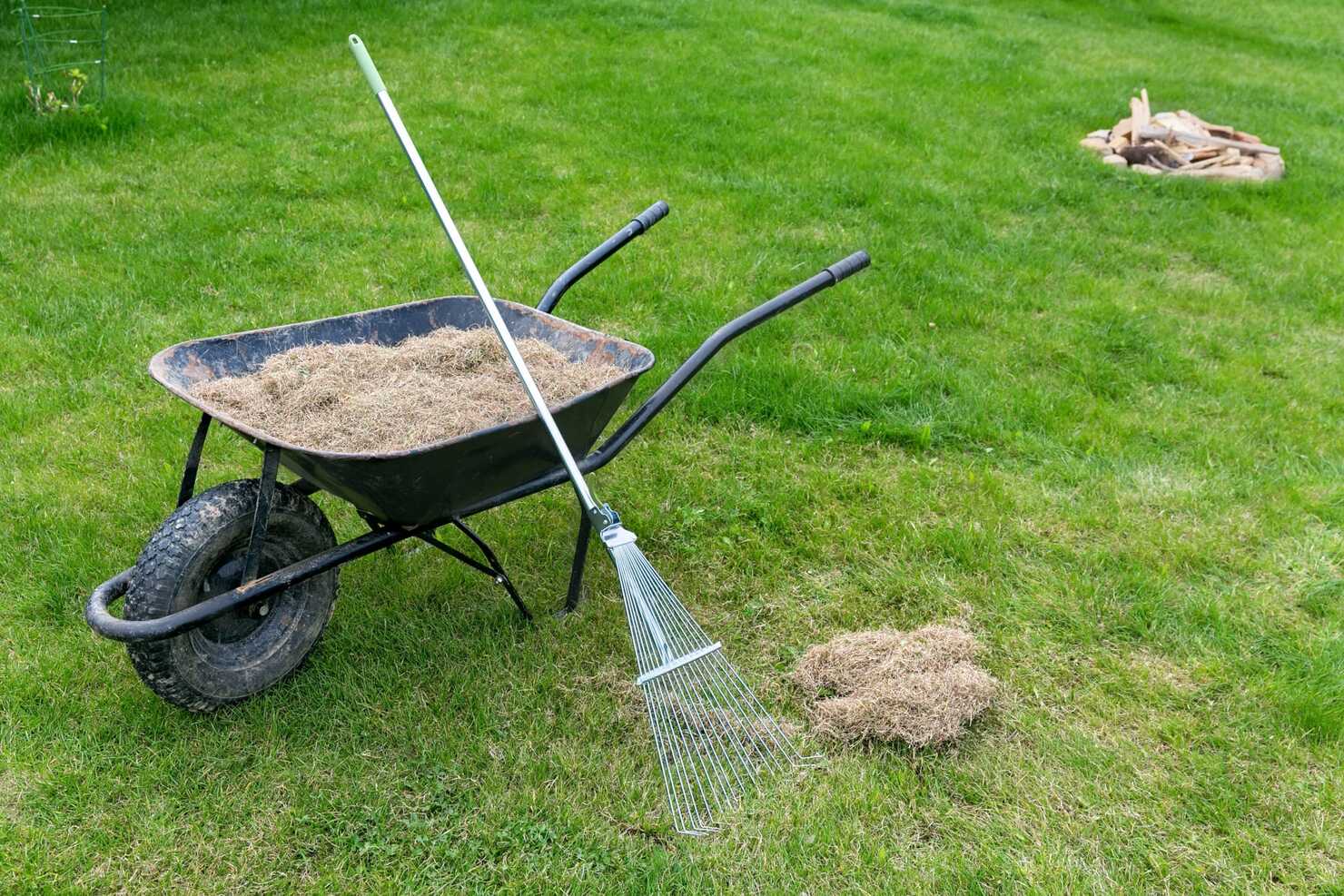

Landscaping Ideas
What To Do With Dethatched Grass
Modified: October 19, 2024
Discover effective landscaping ideas for dealing with dethatched grass and improve the health and appearance of your lawn. Explore expert tips and techniques for managing dethatched grass.
(Many of the links in this article redirect to a specific reviewed product. Your purchase of these products through affiliate links helps to generate commission for Storables.com, at no extra cost. Learn more)
Introduction
Dealing with a thatch-covered lawn can be a daunting task for any homeowner or landscaper. Thatch, a layer of dead grass, roots, and other organic matter that accumulates on the soil surface, can hinder the health and vibrancy of your lawn if left unaddressed. However, understanding how to manage dethatched grass can transform this seemingly burdensome chore into an opportunity to nourish and revitalize your outdoor space.
When it comes to lawn care, the issue of thatch is a common concern. While a thin layer of thatch can actually benefit the lawn by providing insulation and protection, an excessive buildup can impede the flow of water, air, and nutrients to the soil, leading to a host of problems such as shallow root growth and increased susceptibility to pests and diseases.
In this comprehensive guide, we will delve into the intricacies of thatch, explore the benefits of removing it, and discuss various disposal options for dethatched grass. Furthermore, we will uncover sustainable practices such as composting and using dethatched grass as mulch, offering environmentally friendly solutions that not only address the issue of thatch but also contribute to the overall well-being of your lawn and garden.
By the end of this article, you will gain valuable insights into the best practices for managing dethatched grass, empowering you to make informed decisions that will promote the longevity and vitality of your outdoor oasis. Let's embark on this journey to unlock the secrets of dethatched grass and discover the myriad possibilities it holds for enhancing the beauty and resilience of your landscape.
Key Takeaways:
- Dethatching your lawn can improve its health by allowing nutrients, water, and air to reach the soil, leading to lush, green growth and a more resilient lawn.
- Instead of throwing away dethatched grass, consider using it as mulch or compost to enrich the soil, conserve moisture, and promote a healthy, thriving landscape.
Read more: How To Dethatch Grass
Understanding Thatch
Thatch is a natural accumulation of dead grass, roots, stems, and other organic debris that forms a layer above the soil in a lawn. This layer can vary in thickness, ranging from a thin, beneficial layer to a dense, suffocating mat. It is a common occurrence in many lawns and is a natural part of the grass's growth and decomposition cycle.
Thatch develops when the rate of organic debris production exceeds the rate of decomposition. Factors such as infrequent mowing, over-fertilization, and excessive irrigation can contribute to the buildup of thatch. Additionally, certain grass species, such as Bermuda grass and zoysia grass, are more prone to thatch accumulation due to their growth habits and root structures.
While a thin layer of thatch can provide insulation, reduce soil compaction, and protect the grass crowns from extreme temperatures, an excessive buildup can pose significant challenges. Thick thatch layers can impede the movement of water, air, and nutrients into the soil, leading to shallow root growth and increased susceptibility to pests and diseases. Furthermore, the presence of a dense thatch layer can create an ideal environment for fungal diseases to thrive, further compromising the health of the lawn.
Regular monitoring of thatch thickness is essential to gauge its impact on the lawn's overall health. This can be done by periodically removing small plugs of soil and thatch from the lawn and measuring the depth of the thatch layer. A thickness of more than half an inch indicates the need for dethatching to prevent potential issues and restore the lawn's vitality.
Understanding the nature of thatch and its implications for lawn health is crucial for implementing effective management strategies. By gaining insight into the factors contributing to thatch accumulation and its impact on the lawn, homeowners and landscapers can make informed decisions regarding dethatching and proactive lawn care practices.
Benefits of Removing Thatch
Removing thatch from your lawn offers a multitude of benefits that contribute to the overall health and vibrancy of the grass and soil. By addressing the excessive buildup of thatch, you can unlock the following advantages:
-
Enhanced Nutrient Uptake: Excessive thatch can impede the penetration of essential nutrients into the soil, hindering the grass's ability to absorb vital elements for growth and development. By removing the thatch layer, you create a conducive environment for improved nutrient uptake, promoting lush, green growth and overall vitality of the lawn.
-
Improved Water Infiltration: Thick thatch acts as a barrier, restricting the movement of water into the soil. This can lead to surface runoff and water wastage, especially during irrigation or rainfall. Dethatching facilitates better water infiltration, allowing moisture to reach the grassroots and promoting deeper root growth, which is essential for drought resistance and long-term lawn health.
-
Enhanced Air Circulation: A dense thatch layer can suffocate the soil, limiting the exchange of gases between the atmosphere and the grassroots. By removing the thatch, you create space for improved air circulation, fostering a healthier soil environment and reducing the risk of anaerobic conditions that can hinder root development.
-
Prevention of Pest and Disease Issues: Thick thatch provides an ideal habitat for pests and disease-causing organisms to thrive. By eliminating this conducive environment, you can reduce the risk of pest infestations and fungal diseases, promoting a more resilient and disease-resistant lawn.
-
Promotion of Stronger Roots: Excessive thatch can hinder the development of deep, robust root systems, leading to shallow root growth and increased vulnerability to environmental stressors. Dethatching encourages the growth of stronger, deeper roots, enhancing the lawn's ability to withstand drought, foot traffic, and other challenges.
-
Enhanced Efficacy of Lawn Care Practices: Dethatching creates an optimal foundation for other lawn care activities, such as overseeding, fertilization, and aeration. By removing the barrier of thatch, these practices become more effective, leading to improved seed germination, better fertilizer uptake, and enhanced aeration benefits.
By recognizing and embracing the benefits of removing thatch, homeowners and landscapers can proactively address potential issues and pave the way for a healthier, more resilient lawn. Dethatching serves as a fundamental step in promoting the long-term well-being of the grass and soil, setting the stage for lush, thriving landscapes that can be enjoyed for years to come.
Disposal Options for Dethatched Grass
Once the process of dethatching is complete, the question of how to dispose of the accumulated grass and organic debris arises. Proper disposal is essential to ensure that the removed thatch does not contribute to waste buildup or environmental harm. Fortunately, there are several environmentally responsible options for managing dethatched grass, each offering unique benefits for both the lawn and the surrounding ecosystem.
1. Curbside Collection
Many municipalities offer curbside collection services for yard waste, including dethatched grass. This option provides a convenient and efficient means of disposing of the removed thatch. The collected grass can then be transported to municipal composting facilities, where it is processed into nutrient-rich compost for use in landscaping and agriculture. By participating in curbside collection programs, homeowners can contribute to the sustainable management of organic waste while supporting local composting initiatives.
Read more: When To Dethatch Bermuda Grass In Texas
2. Local Composting Facilities
In areas where curbside collection may not be available, homeowners can explore the option of delivering dethatched grass to local composting facilities. These facilities utilize advanced composting methods to transform organic waste, including grass clippings and thatch, into valuable compost. By diverting dethatched grass from landfills and directing it to composting facilities, individuals can actively participate in the creation of nutrient-dense compost that enriches the soil and promotes sustainable gardening practices.
3. On-Site Mulching
Another eco-friendly disposal option involves repurposing dethatched grass as on-site mulch. The removed thatch can be finely shredded and spread across the lawn as a natural mulch layer. This approach not only reduces the need for external disposal but also provides numerous benefits for the lawn, including moisture retention, weed suppression, and soil insulation. As the mulch decomposes, it contributes organic matter to the soil, enriching its structure and fertility.
4. Animal Bedding
For homeowners with livestock or poultry, dethatched grass can serve as an excellent bedding material. The clean, dry thatch can be repurposed as bedding for animals, providing a comfortable and absorbent layer that promotes hygiene and comfort. As the bedding accumulates waste, it can be composted or utilized as a valuable addition to existing composting systems, closing the loop on organic waste management.
5. Biomass Energy Production
In regions with biomass energy facilities, dethatched grass can be directed to these facilities for energy production. Biomass energy generation involves converting organic materials, such as grass and wood waste, into renewable energy sources, including heat and electricity. By participating in biomass energy initiatives, homeowners can contribute to the sustainable production of clean energy while responsibly managing dethatched grass and organic waste.
By exploring these disposal options for dethatched grass, homeowners and landscapers can embrace sustainable practices that minimize waste, support local composting initiatives, and contribute to the circular economy. Each disposal method offers unique advantages, allowing individuals to make informed choices based on their specific needs and environmental considerations. Through responsible disposal of dethatched grass, the cycle of organic matter continues, enriching the soil, supporting local initiatives, and fostering a greener, more sustainable landscape.
Read more: When To Dethatch St. Augustine Grass
Composting Dethatched Grass
Composting dethatched grass presents an environmentally friendly and resourceful approach to managing organic waste while creating a valuable soil amendment. The process of composting harnesses the natural decomposition of organic materials to produce nutrient-rich compost, which can be utilized to enhance soil fertility, improve moisture retention, and promote overall plant health.
To commence the composting of dethatched grass, it is essential to create a balanced mixture of green and brown organic materials. Dethatched grass, being a nitrogen-rich "green" component, should be combined with carbon-rich "brown" materials such as dry leaves, straw, or shredded paper. This balanced blend provides the necessary carbon-to-nitrogen ratio for efficient decomposition and odor-free composting.
Layering the dethatched grass with brown materials in a compost bin or pile initiates the decomposition process. Regular turning or mixing of the compost pile aerates the materials, facilitating the breakdown of organic matter by beneficial microorganisms. Adequate moisture levels and aeration are crucial for optimizing the composting process, ensuring that the dethatched grass transforms into a stable, earthy-smelling compost.
As the composting progresses, the dethatched grass undergoes decomposition, breaking down into humus-rich compost teeming with beneficial microorganisms and essential nutrients. This nutrient-dense compost can be incorporated into garden beds, used as a top dressing for lawns, or blended with potting soil to enrich container gardens. The resulting compost enhances soil structure, promotes microbial activity, and fosters a healthy, balanced ecosystem for plants to thrive.
Composting dethatched grass not only diverts organic waste from landfills but also contributes to sustainable gardening practices. By harnessing the natural processes of decomposition, homeowners and landscapers can transform dethatched grass into a valuable resource that nourishes the soil, reduces the need for chemical fertilizers, and supports the long-term health of plants and landscapes.
Incorporating composted dethatched grass into gardening and landscaping endeavors aligns with the principles of sustainability and environmental stewardship. It represents a proactive step towards closing the organic waste loop, promoting soil health, and cultivating thriving, resilient landscapes. Embracing the practice of composting dethatched grass empowers individuals to actively participate in the cycle of organic matter, fostering a greener, more sustainable approach to lawn and garden care.
Using Dethatched Grass as Mulch
Repurposing dethatched grass as mulch offers a sustainable and cost-effective approach to enhancing soil health and promoting the overall well-being of the landscape. By utilizing the nutrient-rich dethatched grass as mulch, homeowners and landscapers can harness its beneficial properties to create a natural protective layer that nurtures the soil, conserves moisture, and suppresses weed growth.
To begin the process of using dethatched grass as mulch, the collected grass clippings are allowed to dry thoroughly to prevent mold and decomposition during storage. Once dried, the grass can be spread evenly across garden beds, around trees, or in vegetable patches to create a protective mulch layer. The application of dethatched grass as mulch serves multiple purposes, contributing to the health and vitality of the landscape in the following ways:
-
Moisture Retention: The layer of dethatched grass acts as a natural barrier, reducing water evaporation from the soil surface. This helps maintain optimal moisture levels, particularly during hot and dry periods, promoting consistent hydration for plant roots and minimizing the need for frequent irrigation.
-
Weed Suppression: The dense coverage provided by dethatched grass mulch inhibits weed germination and growth, creating a natural weed barrier. This reduces the competition for nutrients and sunlight, allowing cultivated plants to thrive without the encroachment of unwanted vegetation.
-
Soil Enrichment: As the dethatched grass mulch decomposes, it gradually releases essential nutrients back into the soil, enriching its fertility and supporting the growth of plants. This natural fertilization process contributes to the long-term health and productivity of the landscape.
-
Temperature Regulation: The insulating properties of dethatched grass mulch help regulate soil temperatures, protecting plant roots from extreme heat or cold. This creates a stable and favorable environment for root development and overall plant growth.
-
Erosion Control: The mulch layer formed by dethatched grass helps prevent soil erosion by reducing the impact of heavy rain and wind on exposed soil surfaces. This safeguards the integrity of the landscape and preserves the soil structure.
By repurposing dethatched grass as mulch, homeowners and landscapers can embrace a sustainable and natural approach to soil management and plant care. This eco-friendly practice not only minimizes waste but also contributes to the creation of a healthy, thriving landscape. The use of dethatched grass as mulch aligns with the principles of environmental stewardship, promoting the efficient utilization of organic resources and fostering a resilient, sustainable landscape.
Consider composting the dethatched grass to create nutrient-rich soil for your garden. This will help reduce waste and improve the health of your plants.
Conclusion
In conclusion, the management of dethatched grass presents an opportunity for homeowners and landscapers to implement sustainable practices that not only address the issue of thatch but also contribute to the overall health and resilience of the landscape. By understanding the nature of thatch and its implications for lawn health, individuals can make informed decisions regarding dethatching and proactive lawn care practices.
The benefits of removing thatch, including enhanced nutrient uptake, improved water infiltration, and prevention of pest and disease issues, underscore the importance of proactive dethatching as a fundamental step in promoting the long-term well-being of the grass and soil. By recognizing these benefits, individuals can proactively address potential issues and pave the way for a healthier, more resilient lawn.
Furthermore, the disposal options for dethatched grass offer environmentally responsible alternatives that minimize waste and support local composting initiatives. Whether through curbside collection, local composting facilities, on-site mulching, animal bedding, or biomass energy production, homeowners and landscapers can make informed choices based on their specific needs and environmental considerations, contributing to the circular economy and sustainable waste management.
The practice of composting dethatched grass and using it as mulch aligns with the principles of sustainability and environmental stewardship. By harnessing the natural processes of decomposition and repurposing organic materials, individuals can actively participate in the cycle of organic matter, fostering a greener, more sustainable approach to lawn and garden care.
In essence, the journey of managing dethatched grass transcends the mere task of thatch removal, evolving into a holistic endeavor that nurtures the soil, supports local initiatives, and fosters a resilient, thriving landscape. By embracing sustainable practices and making informed choices, homeowners and landscapers can transform the challenge of thatch management into an opportunity to cultivate a landscape that flourishes with vitality and environmental consciousness.
Frequently Asked Questions about What To Do With Dethatched Grass
Was this page helpful?
At Storables.com, we guarantee accurate and reliable information. Our content, validated by Expert Board Contributors, is crafted following stringent Editorial Policies. We're committed to providing you with well-researched, expert-backed insights for all your informational needs.
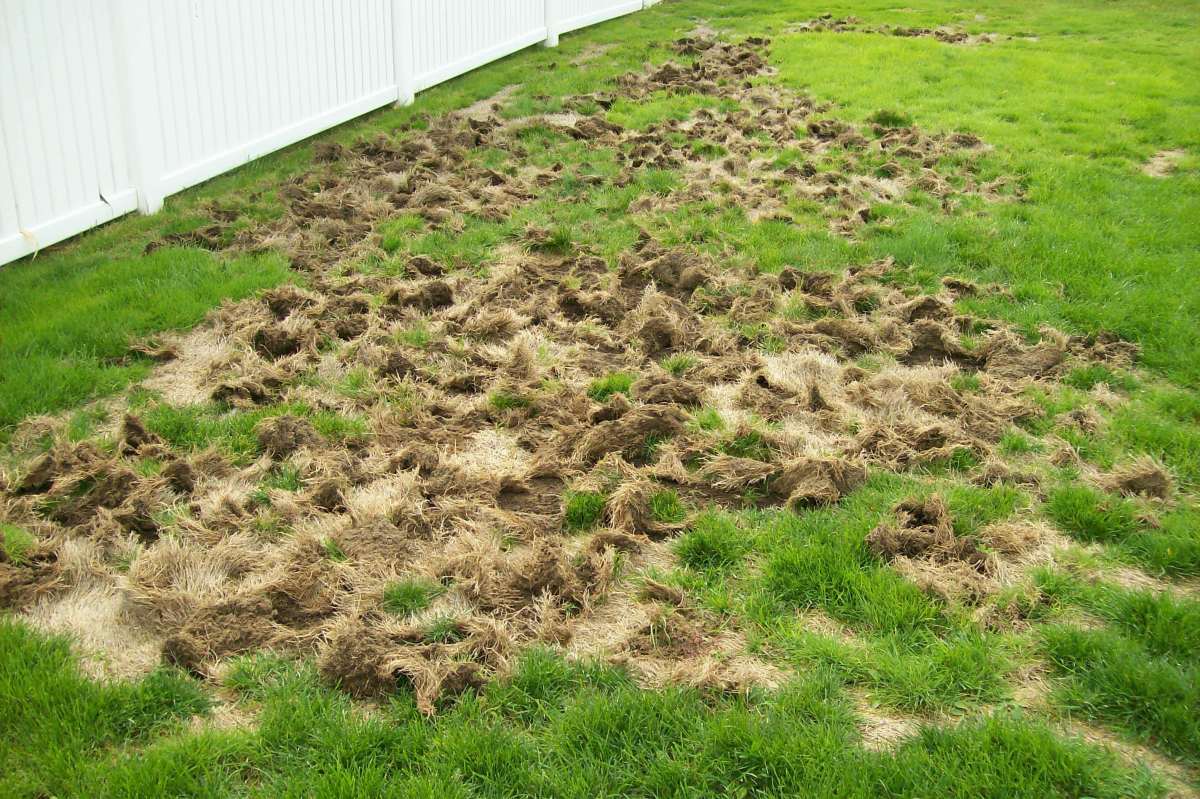
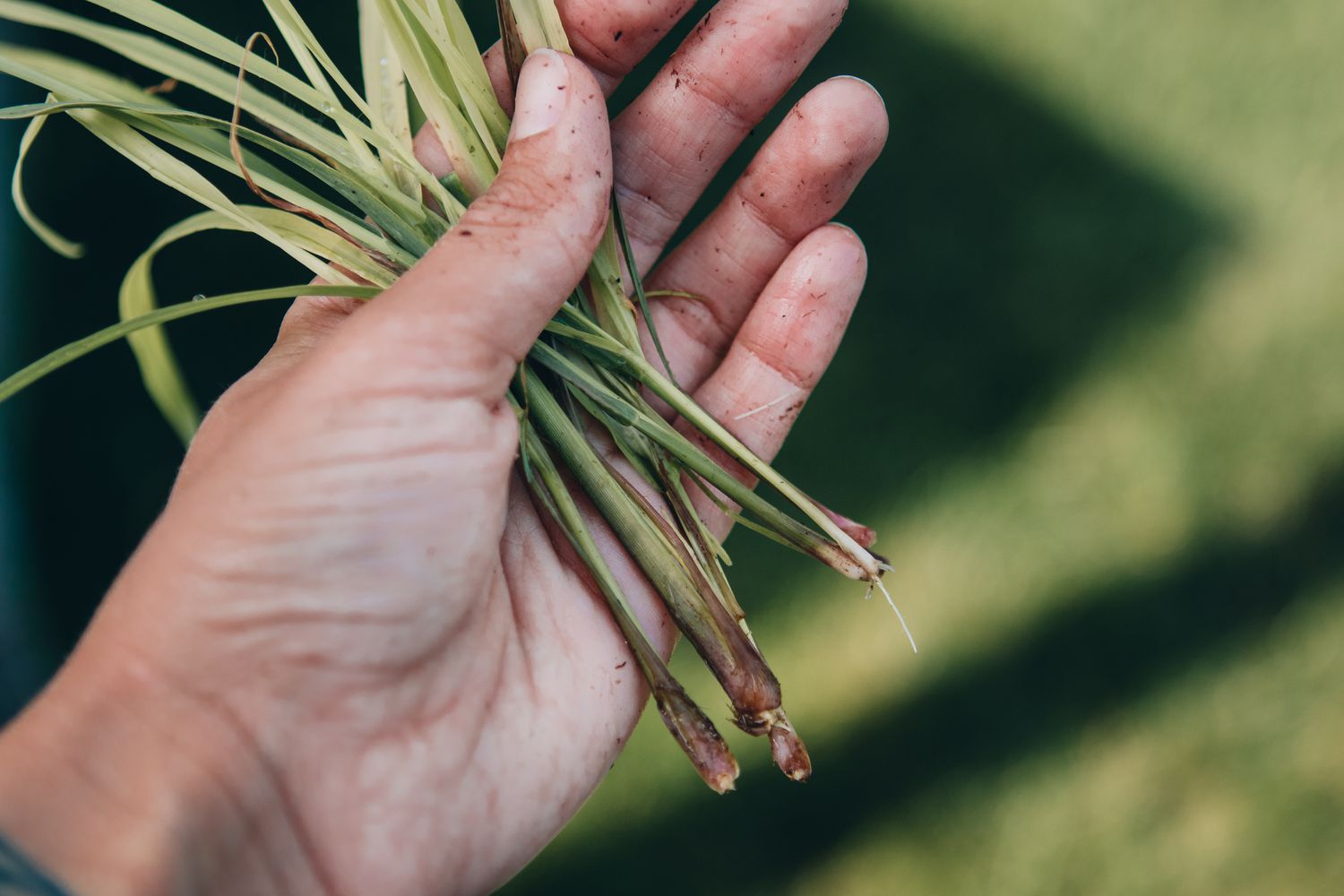
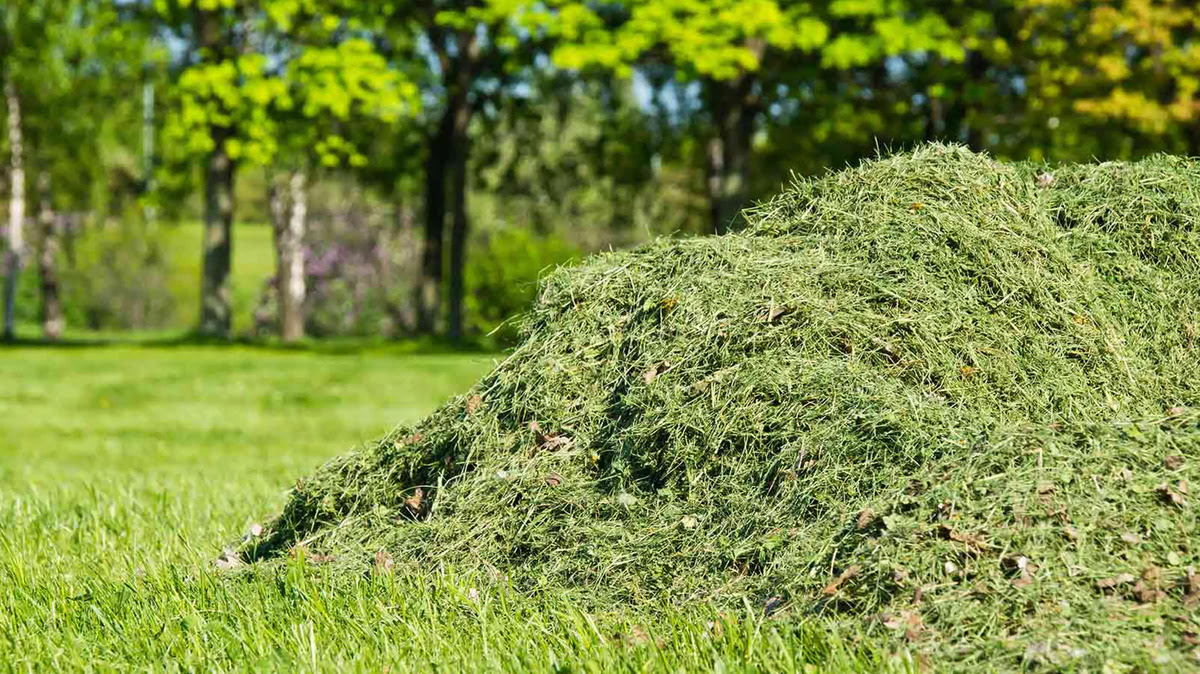
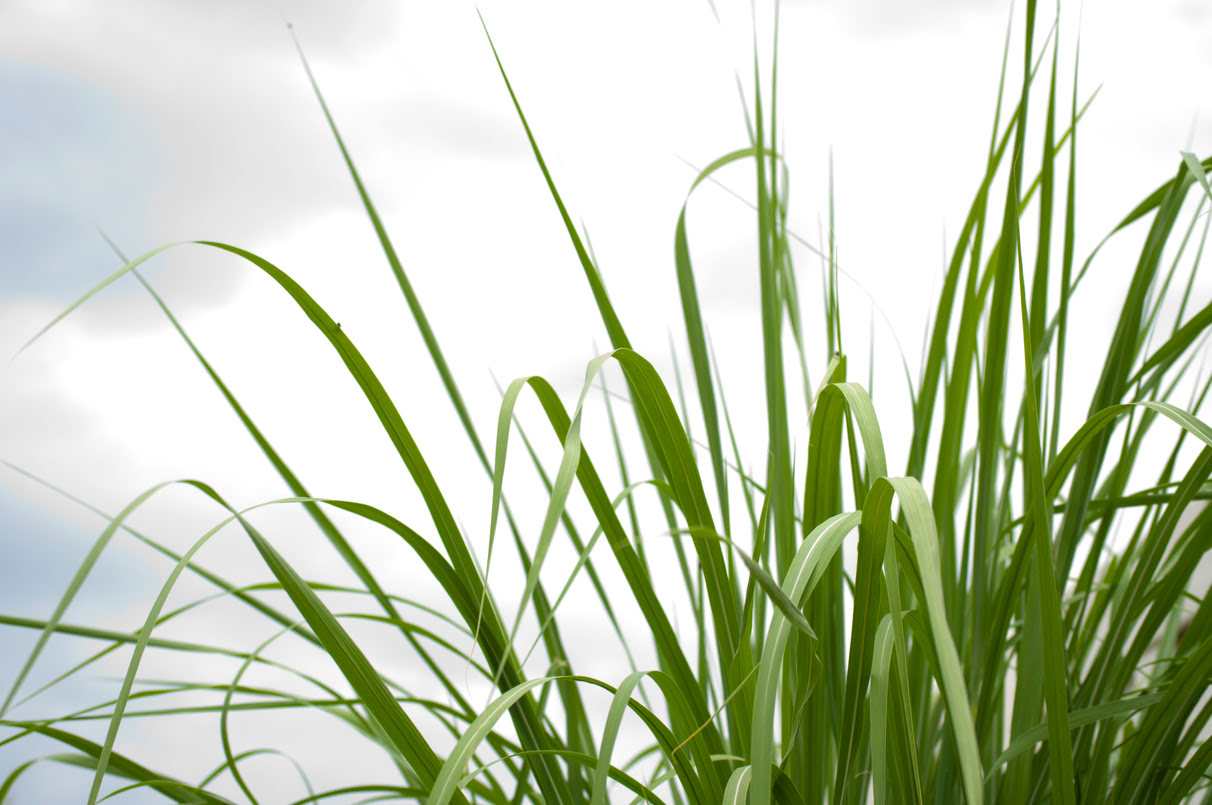
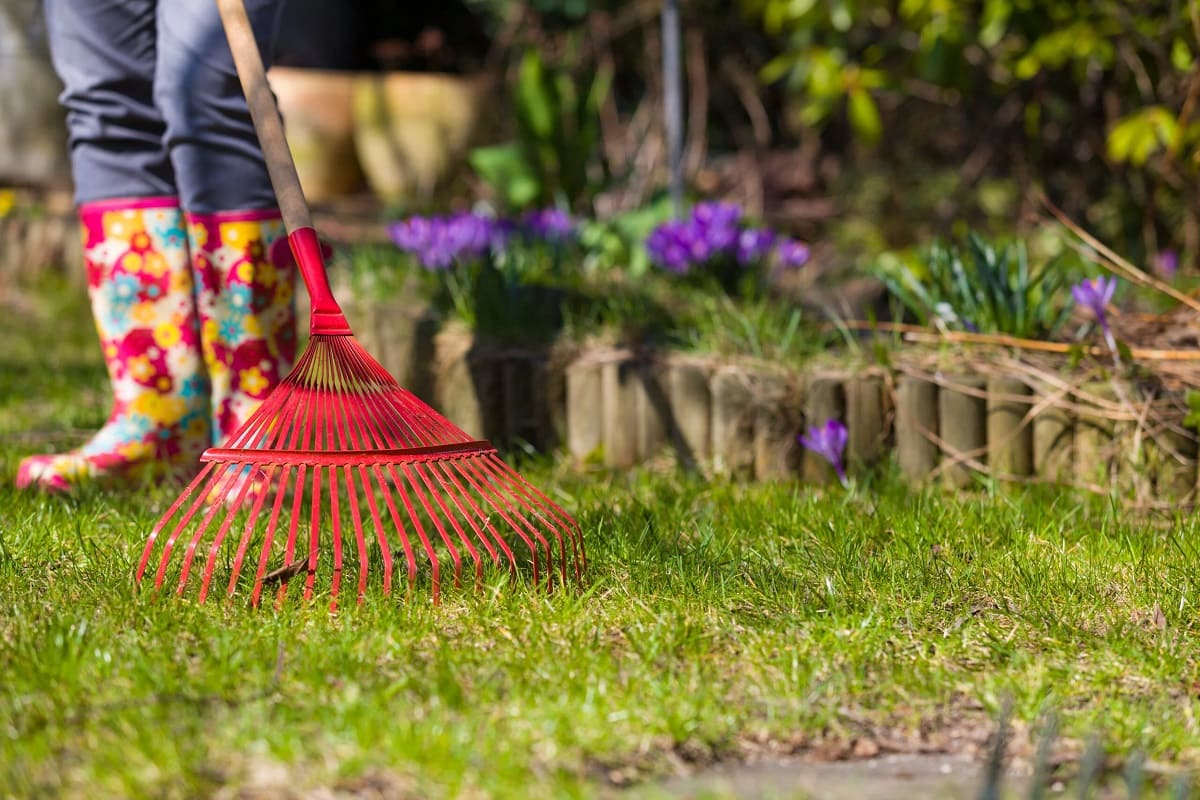
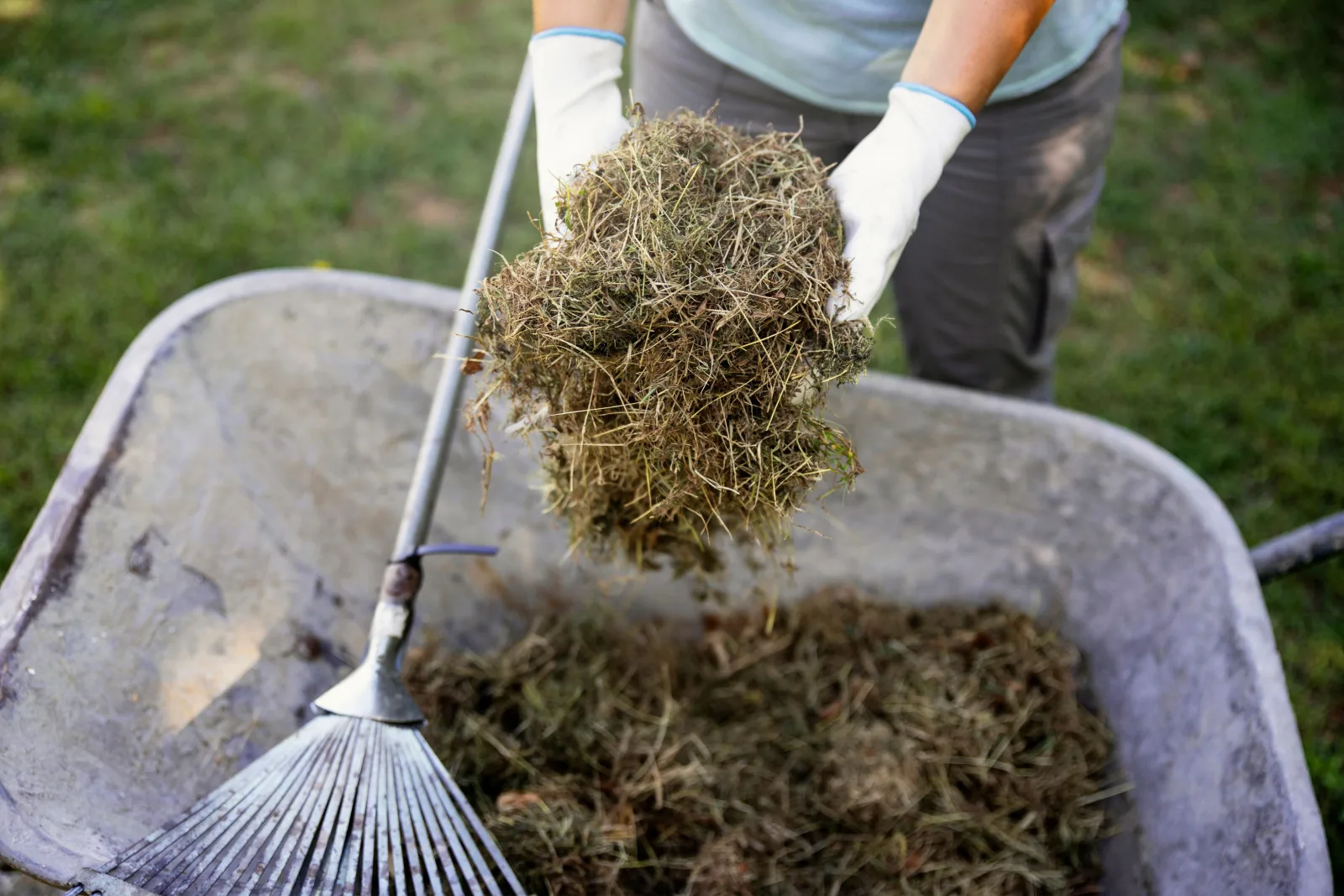
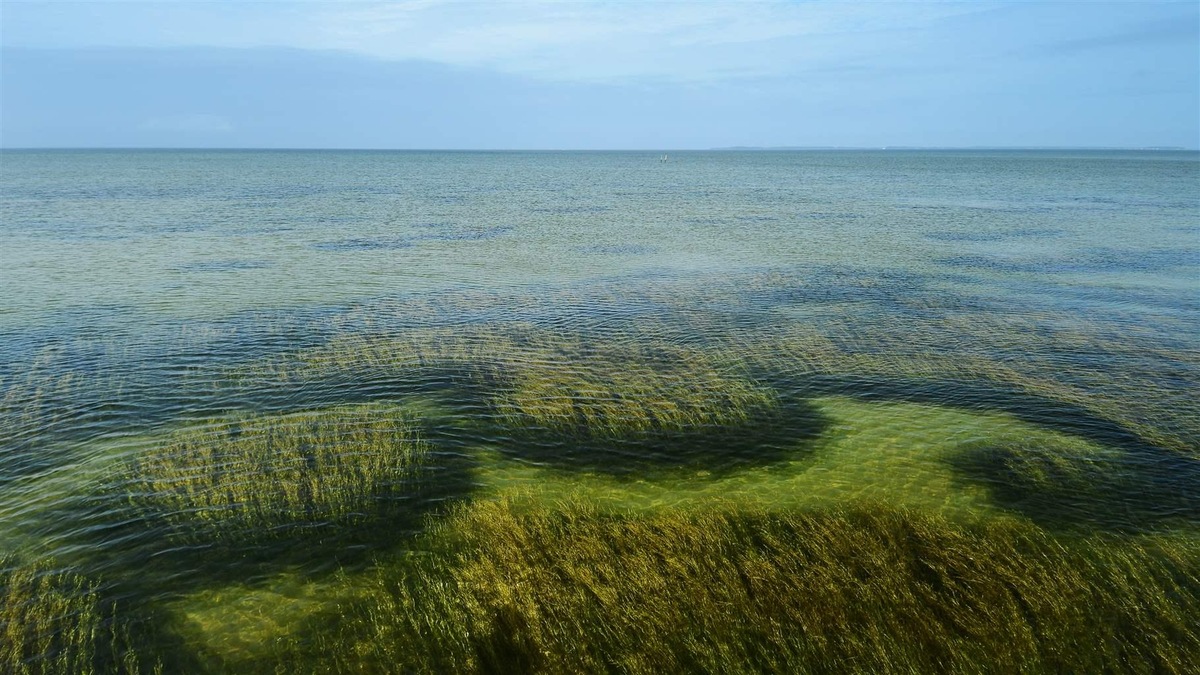
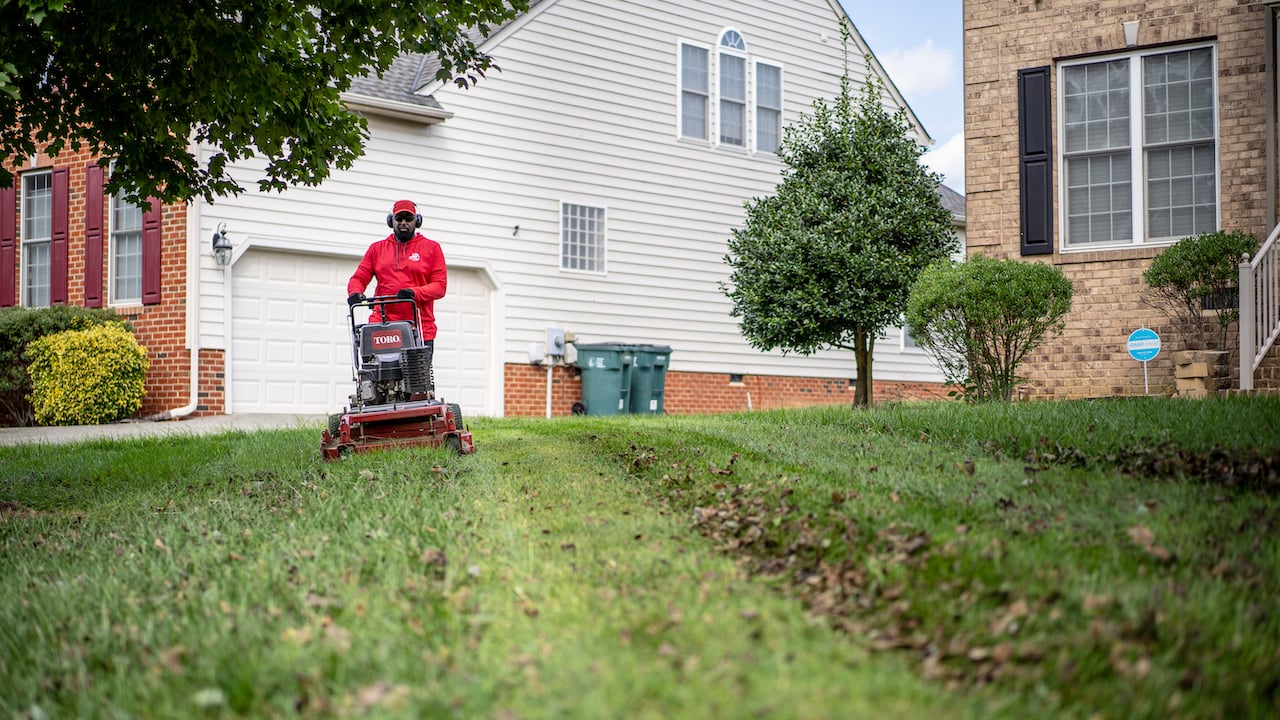
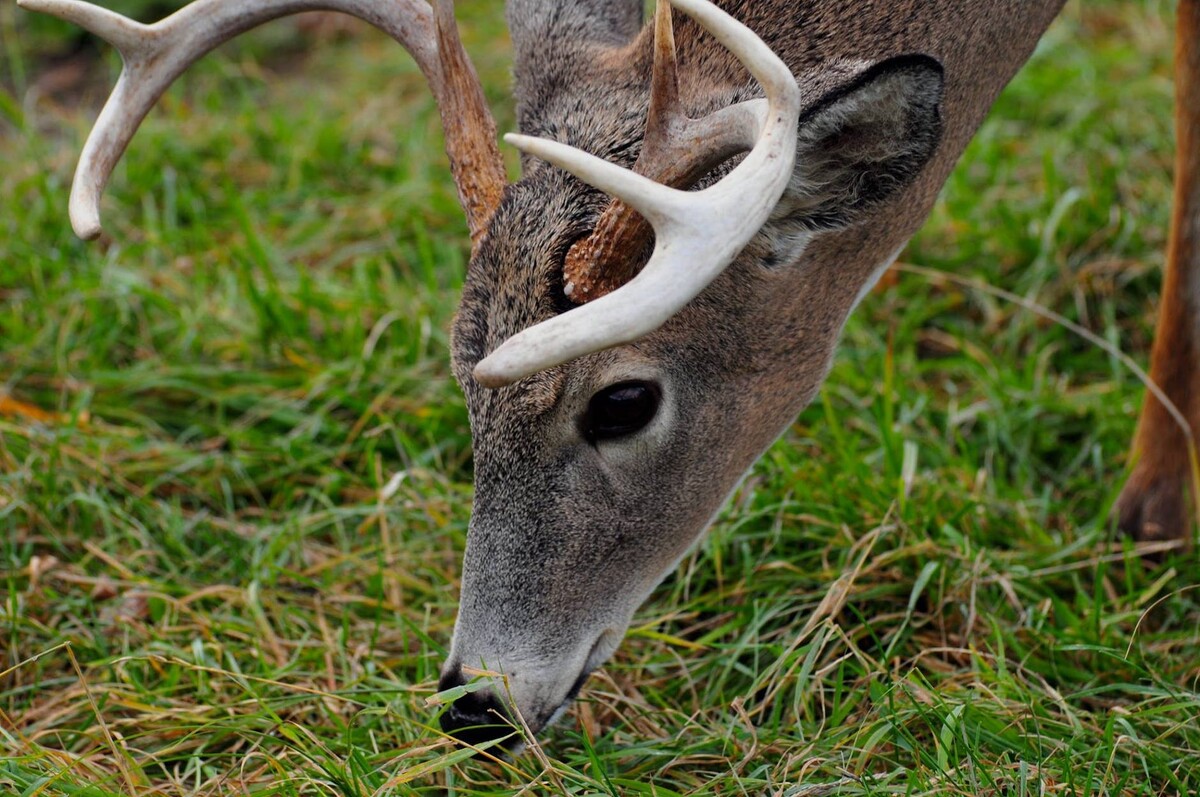
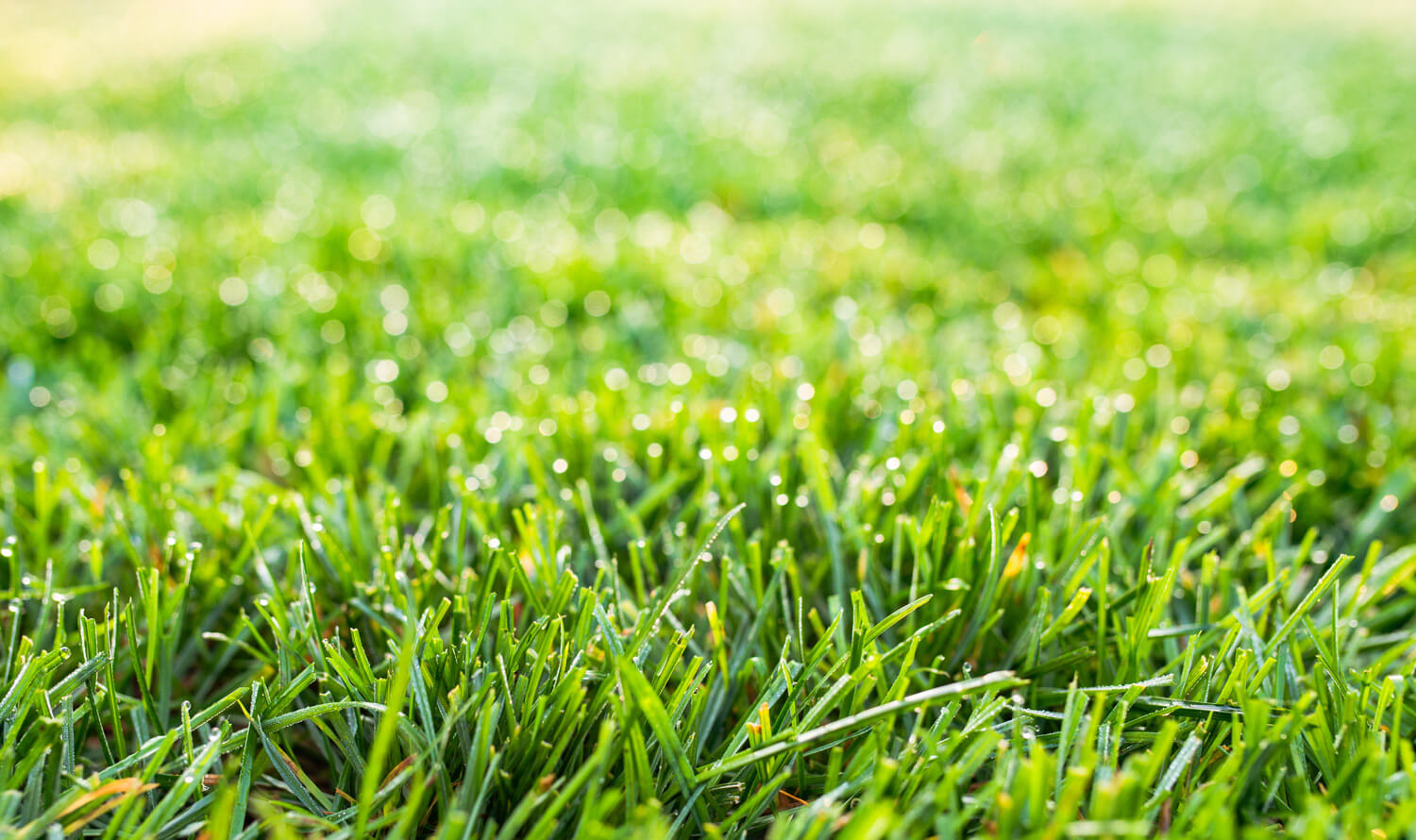
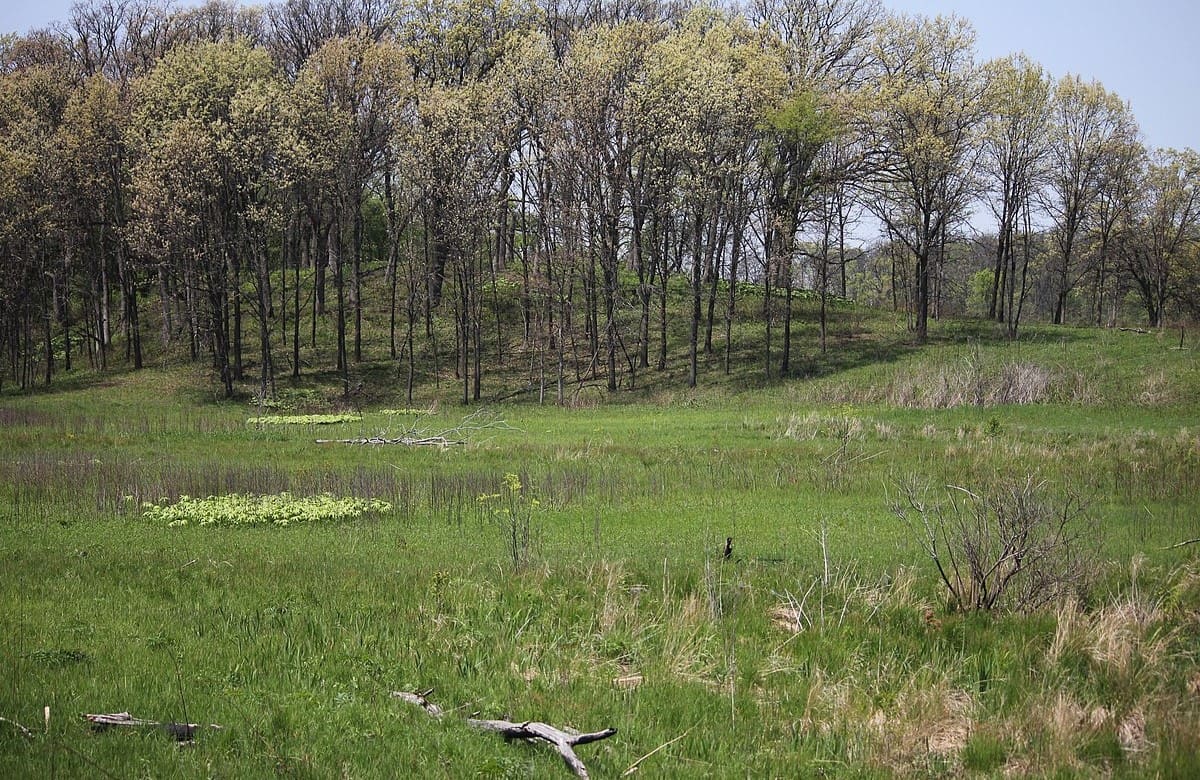
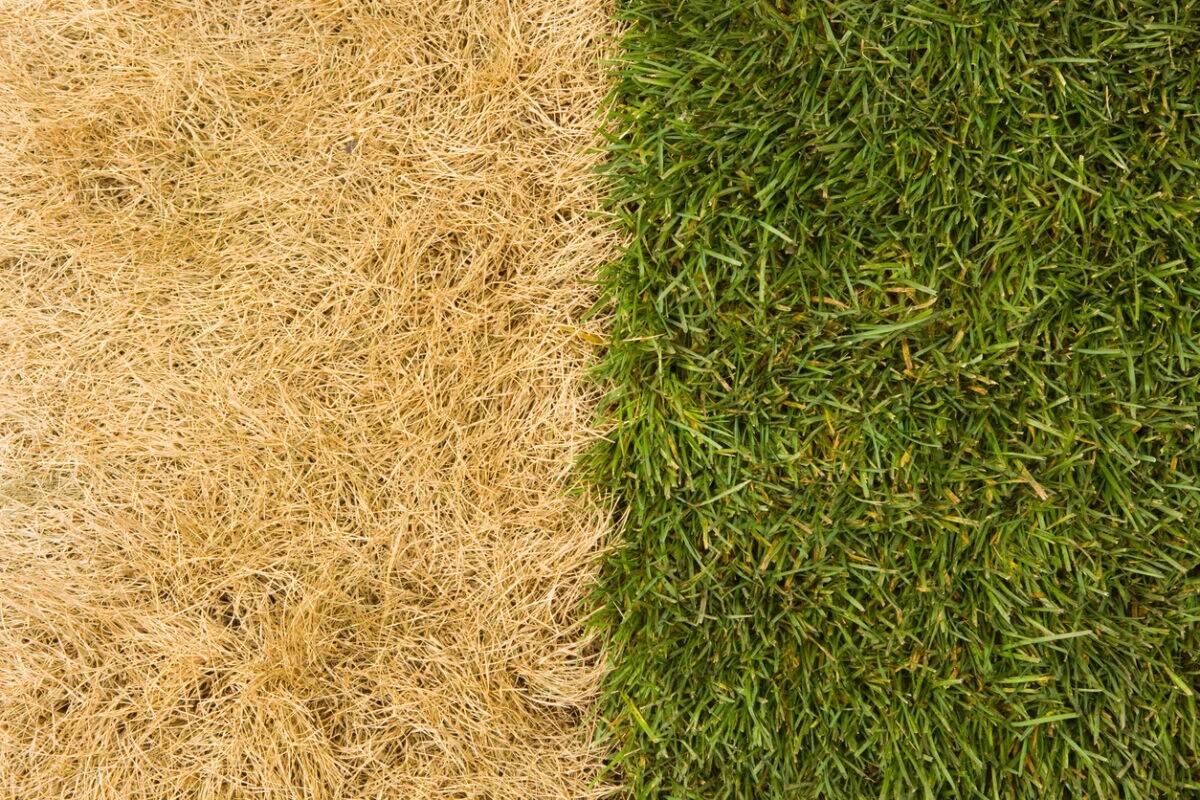


0 thoughts on “What To Do With Dethatched Grass”